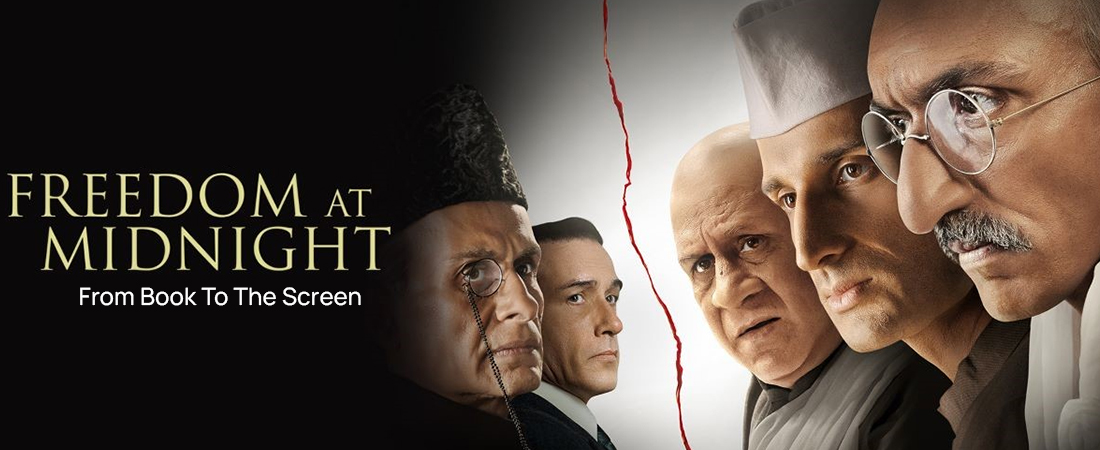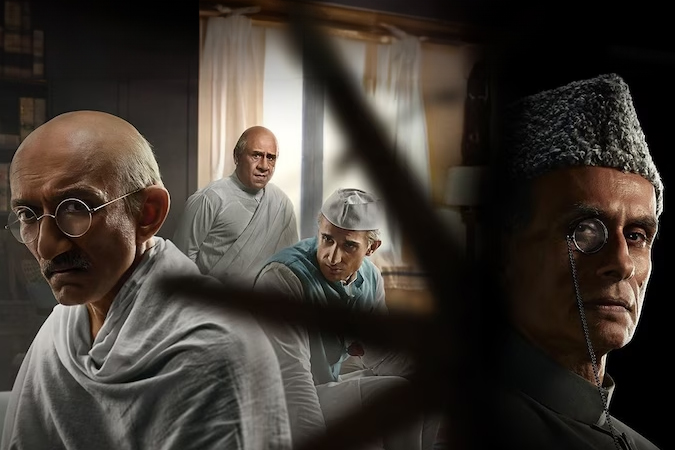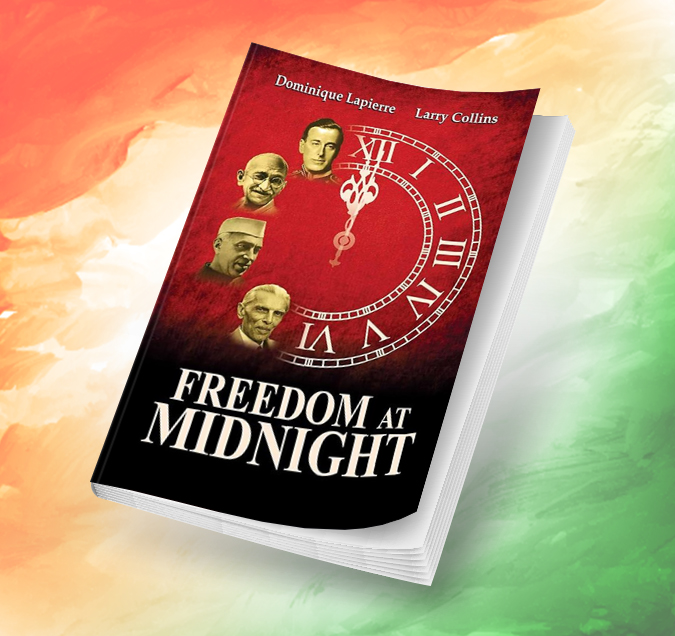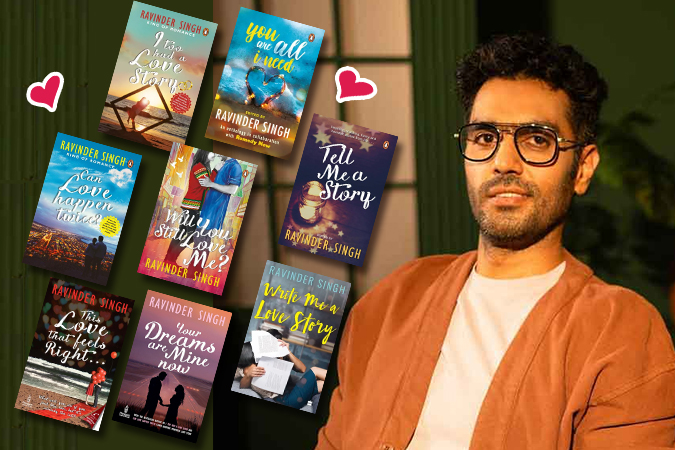
Discover the people and stories that shaped India’s history
When a gripping piece of history meets the world of visual storytelling, it’s bound to make waves. Freedom at Midnight, a landmark book by Dominique Lapierre and Larry Collins, has once again caught the spotlight thanks to its recent adaptation as a series on SonyLIV. If you’re a history buff, an OTT fan, or simply someone intrigued by India’s partition era, this is the book—and now, the show—you shouldn’t miss.
In this blog, we’ll explore the connection between the book and its on-screen adaptation, take a closer look at the book’s legacy, and understand why it continues to captivate audiences decades after its release.
A Show Inspired by History
SonyLIV’s Freedom at Midnight has been described as India’s answer to The Crown. The show dives deep into the politics and personalities that shaped India’s partition and independence. Leaders like Mahatma Gandhi, Jawaharlal Nehru, Muhammad Ali Jinnah, and Lord Mountbatten come alive in this layered, high-stakes drama. It portrays the tensions and turmoil of 1947, making it a must-watch for those who crave history with a cinematic edge.
“Addressing history buffs rather than historians, the canvas is sprawling and the events involve personalities whose decisions — and their outcomes — are still being debated,” mentions a review in The Hindu.
But what makes this series truly fascinating is its source material—Freedom at Midnight, the book.
What Is Freedom at Midnight About?
Written by Dominique Lapierre and Larry Collins in 1975, Freedom at Midnight recounts the final year of British rule in India, capturing the monumental events that shaped the subcontinent’s destiny. The book begins with the appointment of Lord Mountbatten as the last Viceroy of India and delves into the intense negotiations, political manoeuvring, and personal sacrifices that led to India’s independence.
The authors’ narrative style blends deep research with storytelling finesse, providing an intimate look at key figures and pivotal moments. Readers are taken behind the scenes to witness the tense discussions between Mahatma Gandhi, Jawaharlal Nehru, Muhammad Ali Jinnah, and Lord Mountbatten. It explores Gandhi’s hunger strikes as a plea for peace, the decision to partition the country and create Pakistan, and the widespread communal violence that followed, leaving millions displaced and thousands dead.
Freedom at Midnight was both celebrated and criticised upon its release. While praised for its compelling narrative, it also faced backlash for perceived bias towards British colonial figures. Despite the debates, the book cemented its place in history and continues to be a go-to read for anyone interested in the partition of India.
If the show piqued your interest, the book will deepen it. While the series brings drama to the screen, the book offers an expansive view of history, backed by meticulous research. It’s ideal for those who want to understand not just the events but also the emotions and decisions behind them.
Whether you’re an OTT viewer curious about the origins of the show or a reader looking to dive into one of the most significant books on Indian history, Freedom at Midnight is an unmissable read.
Who wrote Freedom at Midnight?
The book was co-authored by Dominique Lapierre and Larry Collins.
What is Freedom at Midnight about?
The book covers the final year of British rule in India, leading up to independence and partition in 1947.
Is there a Freedom at Midnight movie?
While no direct movie exists, the SonyLIV series adapts and dramatises the events depicted in the book.
Why is Freedom at Midnight significant?
It offers an in-depth, dramatic account of one of the most turbulent times in history, blending facts with engaging storytelling.





